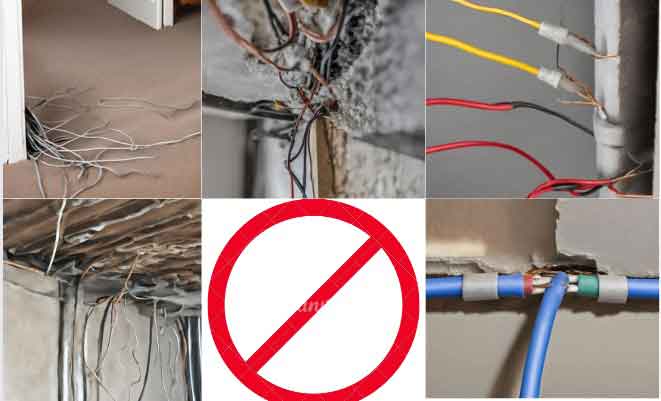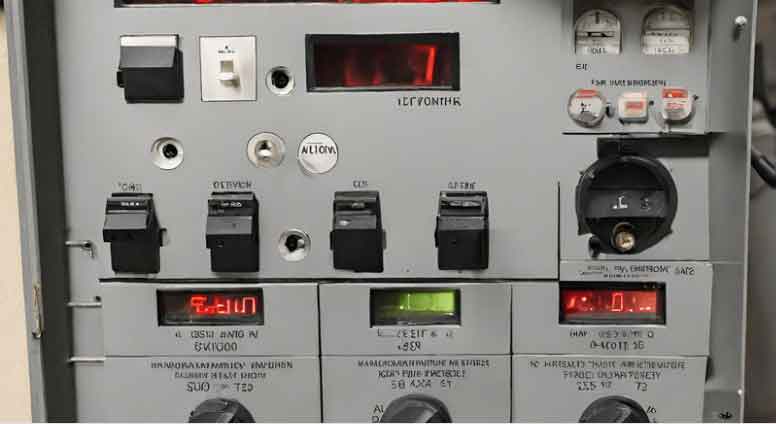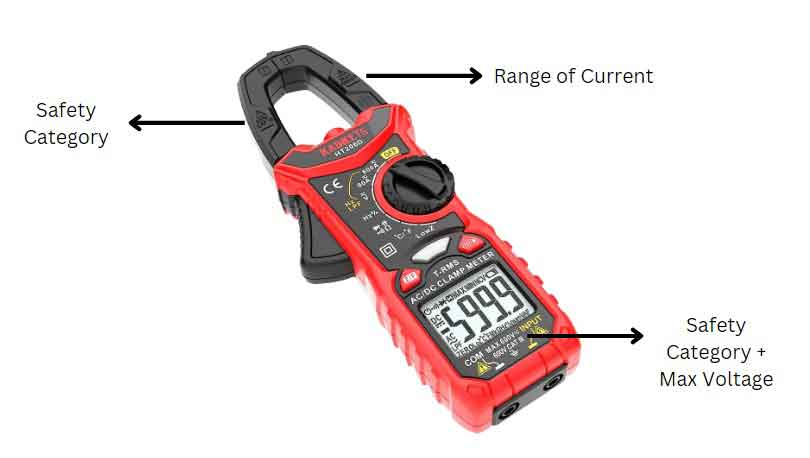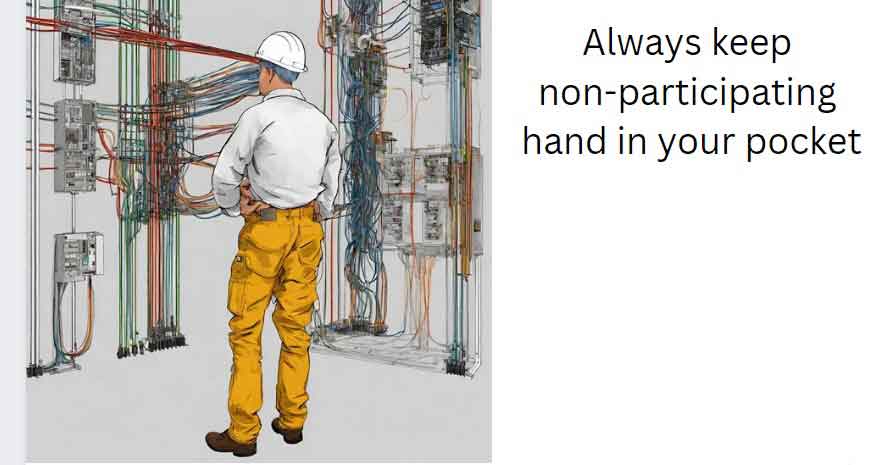Electricity is accompanied by many life-threatening dangers. According to the Electrical Safety Foundation (N.G.O), 69% of accidents are related to electricity in industries. Hence, we can gauge the cruel nature of electricity.
Safety is the utmost target of a clamp meter designer. A clamp meter reads the value of AC without disturbing the circuit (non-invasive method). Due to this, clamp meters reduced the occurrence of accidents in workplaces.
However, we must be cautious while using a clamp meter for AC. First, we should know the capabilities of our clamp meter. Second, users must have a clear picture of the targeted AC circuit. Third, users need to know about the position of their body parts. Last, we must follow the guidelines of safety.
Luckily, we have organized these things in this blog.
So stay with us…
How Do You Measure AC Current Safely?
As obvious, we aim to measure AC as safely as possible. In this regard, users must follow some steps to avoid the dangers of electricity.
To avoid getting shocked, a clamp meter helps us to get value safely. It reduces workload and gets the reading of AC accurately.
Measuring AC Safely
Safely measuring AC is always our prime concern. A clamp meter is an excellent instrument in this regard.
With the advancement in technology, clamp meters are made safe up to the extent that a common user with little knowledge of electricity can use them.
Challenges
While facing electricity, there are some challenges for users. These challenges vary from one workplace to another. However, High-volt AC and High-Current AC are considered highly dangerous.
We have listed a few frequently occurring challenges for our users below. These are the most probable causes of electricity accidents.
Let’s study them in detail.
a. Poor Wiring
One of the most common accidents is related to poor wiring. We have witnessed the following faults result in accidents due to poor wiring.
- Loose connection
- Wiring under carpet
- Low-quality of insulation
- Flammable materials are placed with switchboards
- Old and non-robust wiring
- Low-quality material for electrical appliances

These are few, there might be more. We can troubleshoot these problems if we take a careful look. It does not need any instrument.
b. Lack of proper grounding
To avoid electrical accidents, we must install ground wiring throughout our wiring. This will reduce the chances of accidents like fire etc.
This factor is highly ignored. Often, the grounding wire is disconnected and consumers need help fixing it.
The value of resistance of the grounding wire must be checked through clamp meters and make sure that the value of resistance must be minimum.
c. Old and less advanced instruments
Some people are attached to old instruments and they do not update their knowledge according to technology. For example, a lot of people need to learn about socket testers which test sockets for faults.
Likewise, clamp meters are new instruments that make us safe while measuring current. It has replaced the Multimeters in many workplaces.
d. Lack of proper information
Some users do not have proper knowledge about the instrument they use. A user must know about their instruments.
Another life-threatening situation arises when we do not know about the parameters of electricity. Hence, we use instruments of low AC in the circuits of high AC resulting in accidents.

To counter these challenges, we organized a safe method of measuring AC through a clamp meter for our users.
Let’s delve into them…
List of Safety Measures
Summarizing all the safety precautions, we have enlisted the following steps for safe measurement of AC.
1. Assess the workplace
Before doing anything, take a good look around. This will help you to understand the situation or problem.
You can also get more information regarding the circuitry of the workplace. This information consists of different parameters like voltage, current, power, resistance, and capacitance.

Additionally, we can check for our first challenge here.
2. Know your instrument
We are going to use a clamp meter here, so always take a good look at your clamp meter. Users must check for the threshold values of the current, voltage, resistance, and safety categories of a clamp meter.
Once you get a clear picture of your best friend- the instrument, then you are confident for another step.

3. Check for feasibility
Now you have a better understanding of the workplace and clamp meter. Next, we must check if our workplace lies in the range of our clamp meter or not.
For the sake of safety, users must always keep a safe limit between the range of the clamp meter and the parameters of the workplace. For example, if we are dealing with 220V, get a clamp meter in the range of 300V.
4. Follow the rules of the clamp meter
You should know how to use a clamp meter. We must follow the guidelines for clamp meter usage.
If you do not know how to use a clamp meter, then click the above link. Else, skip this step.
5. Always keep your arms/feet in a safe position
Strictly advising, users should not touch anything else while working in circuits or taking reading.

It is widely considered a reason for electrical shock. We must check our workplace correctly and avoid any conductive substances.
6. Discharge yourself after work
Before touching anything after measurement, always touch an earthed or grounded material.
This will discharge you of any electrostatic charge. This method is mostly common for sophisticated circuits and their components like ICs (Integrated Circuits) etc…

These are a few steps for the safe measurement of AC. Besides these steps, we suggest you get a safe clamp meter of a good brand.
Conclusion
A clamp meter is a good instrument to measure AC with utmost safety. It keeps us at a safe distance from the main circuit and we do not have to break the circuit for invasive measurement.
We must be aware of the challenges available when reading AC. Poor wiring, no proper ground, old clamp meters, and low information can land us in big trouble.
If you do not know about basic electricity, do not bother to do it yourself. Get proper knowledge about electric circuits before working on them.
Besides all these steps, we strictly suggest performing all these steps in front of a professional. Because practical and theory are quite different from each other.
Hence, we should use a proper clamp meter dedicated to a proper workplace and follow its guidelines.
Be safe and stay with us for more amazing blogs.
Other useful posts:
